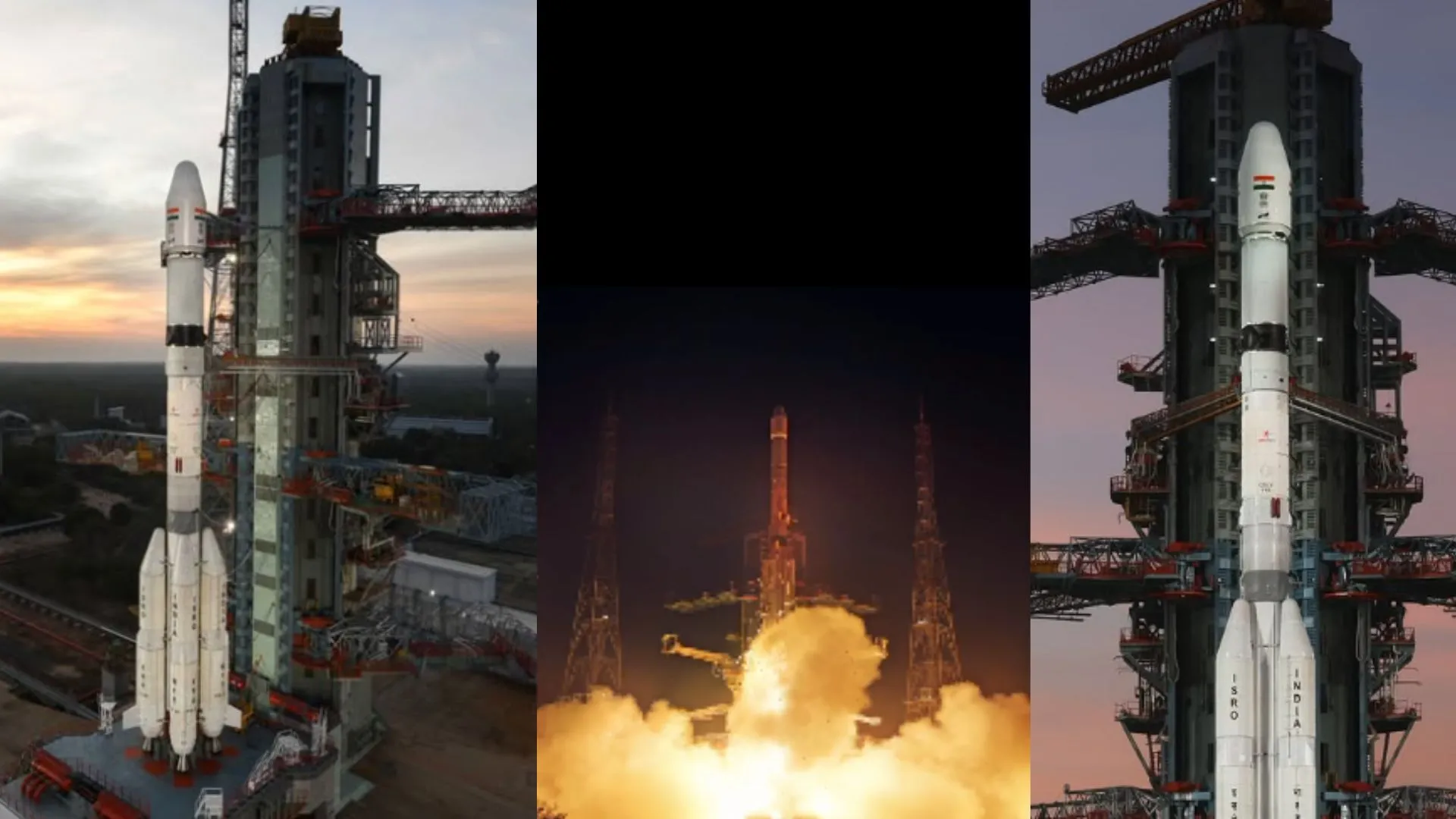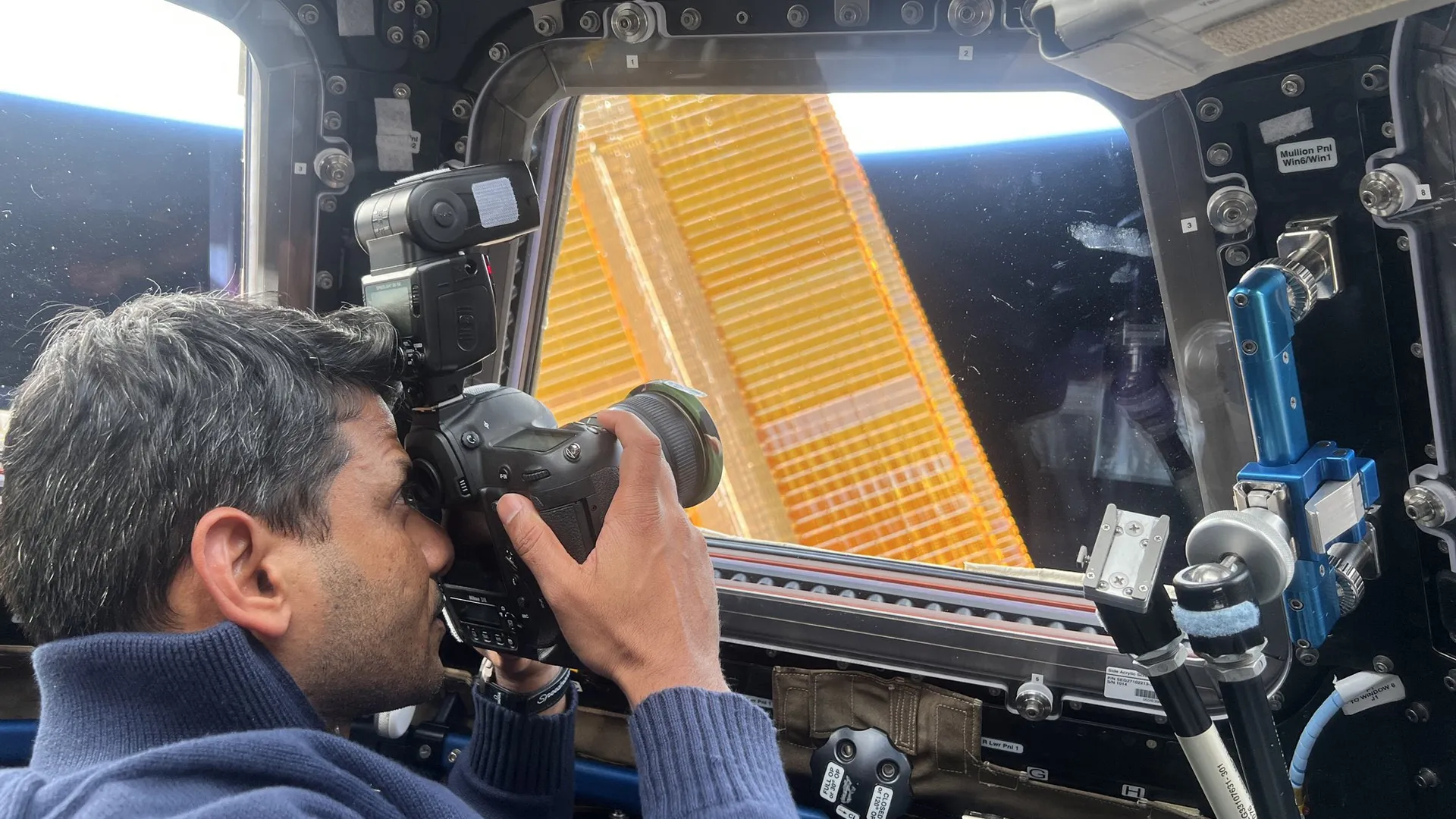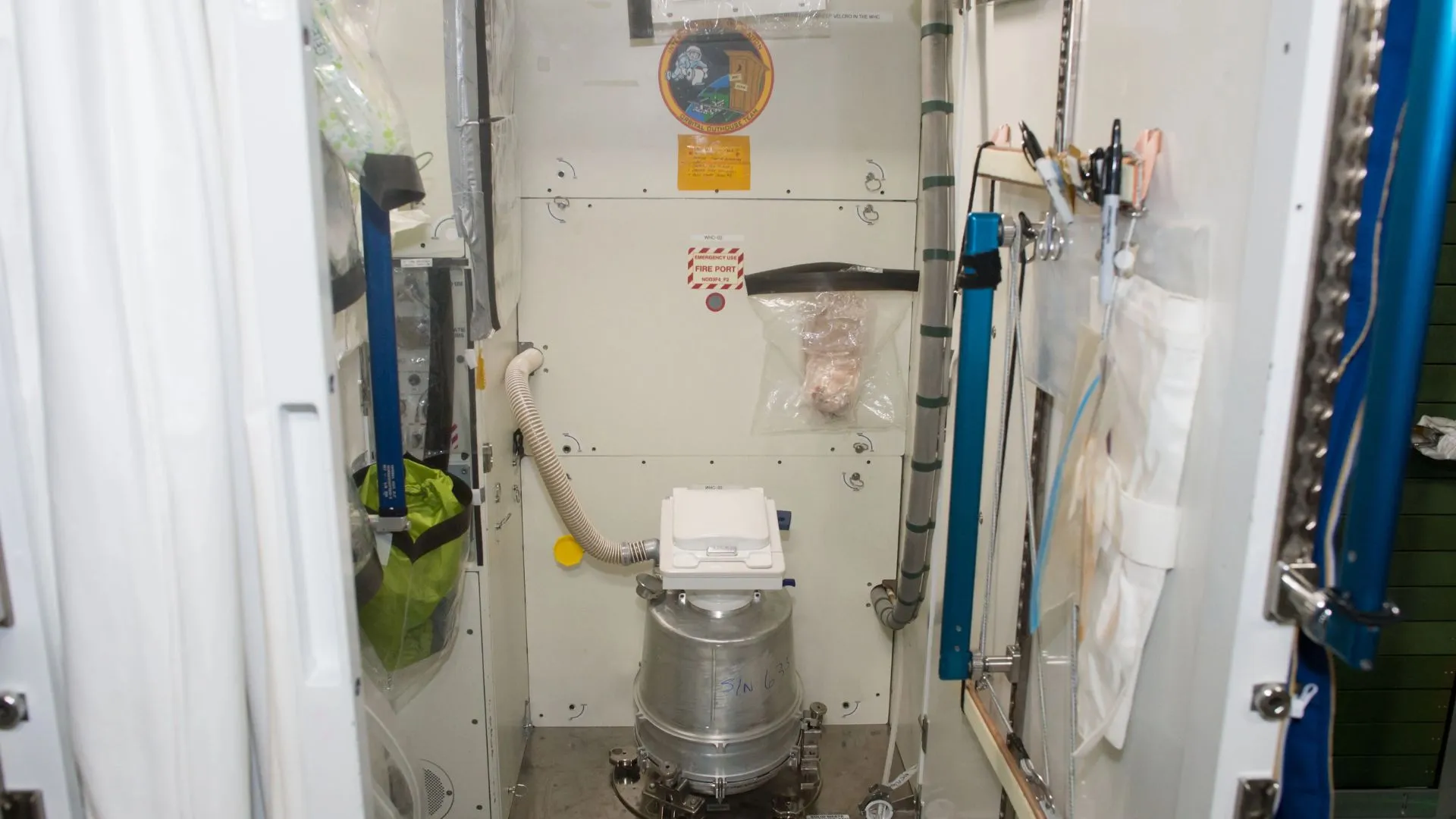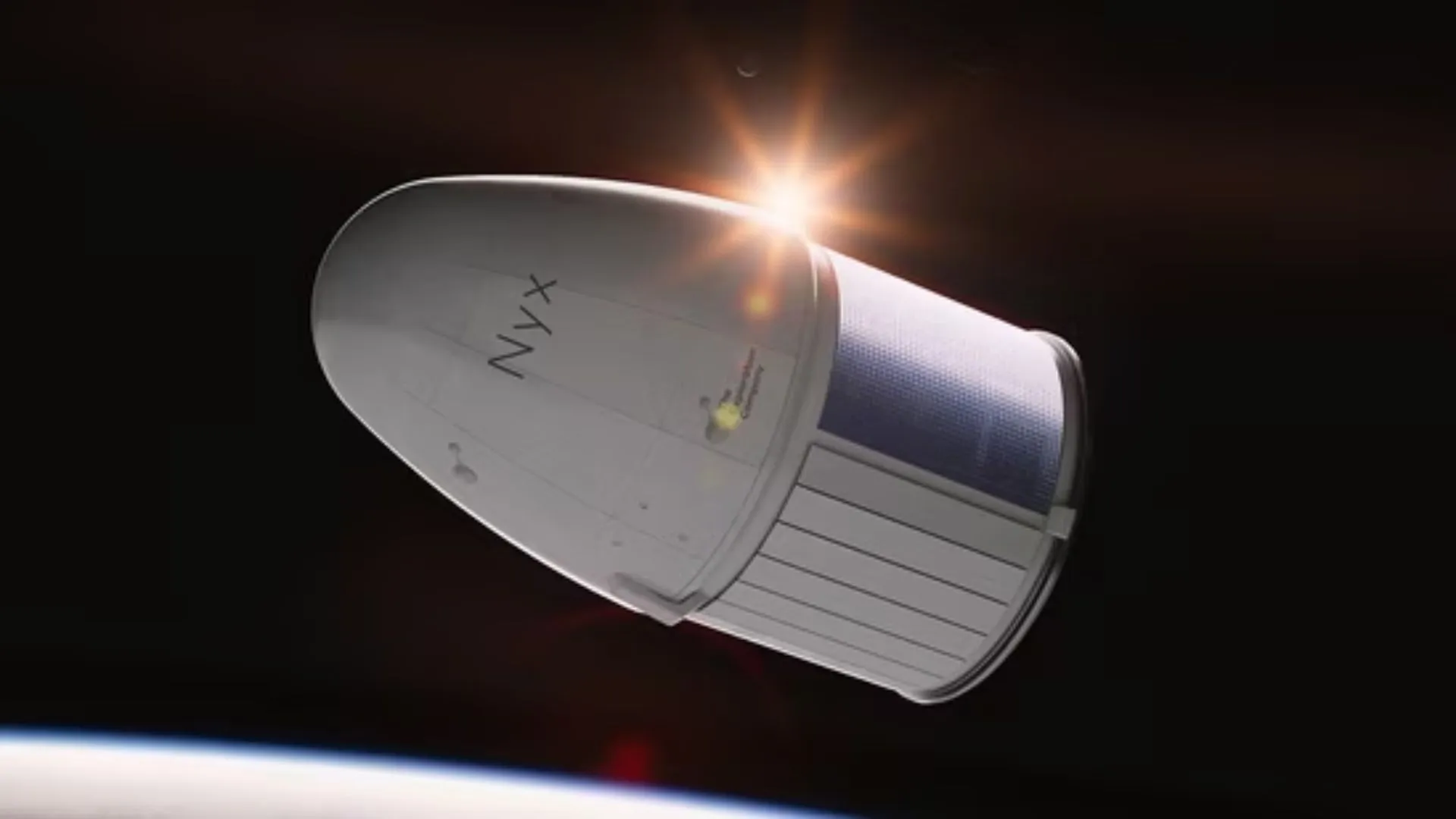Union Minister for Science and Technology, Jitendra Singh, announced that India’s Chandrayaan-4 mission will send back samples of moon rock to Earth in 2027. This would be a big step for the Indian space program as it takes the country to yet another level in its quest for scientific excellence.
Chandrayaan-4: Moon Exploration
He further revealed that Chandrayaan-4 will at least have two distinct launch missions of the heavy-lift LVM-3 rocket, each carrying five separate components of the mission to be assembled once in orbit.
The mission’s most critical objective will be to collect samples from the moon’s surface and return them to Earth – a breakthrough that will add significant value to India’s position in global space exploration.
Singh added further that Chandrayaan-4 is scheduled for launch in synchronization with another big mission like Gaganyaan, targeted to be carried out next year with Indian Astronauts as its crew; Samudrayaan targeted by the year 2026 targeted to reach great ocean depths and other important intermissions.
Indo Space Expedition Plans
The minister further explained how these missions are aligned with India’s broader space objectives. Prime Minister Narendra Modi also brought the Samudrayaan mission into the limelight by highlighting its potential to unlock vital resources, including critical minerals, rare metals, and undiscovered marine biodiversity. These resources are considered crucial for India’s economic and environmental sustainability.
Singh also listed the rapid scaling up of space infrastructure in India. It has taken over two decades since ISRO was founded in 1969 to complete the first launch pad in 1993. Now, the country is working on a third launch pad, which will host heavier rockets. It is now expanding beyond its current location, Sriharikota, for a new site in Tamil Nadu’s Tuticorin district.
Space Economy
India’s space economy is currently valued at $8 billion but is projected to surge to $44 billion in the next decade. Singh attributed this growth to reforms over the past decade, including opening the space sector to private players, which has fueled innovation, investment, and international collaboration.
India’s continued expansion in space infrastructure and private sector participation positions it for even greater achievements in the years to come.























